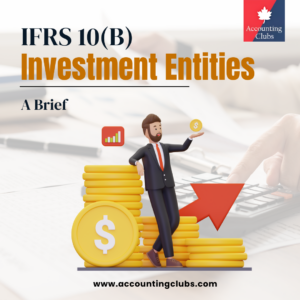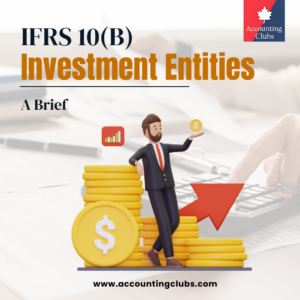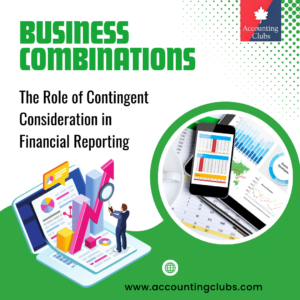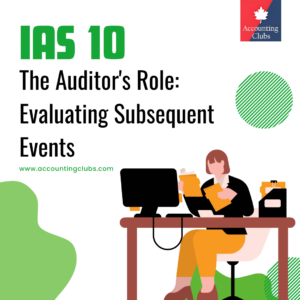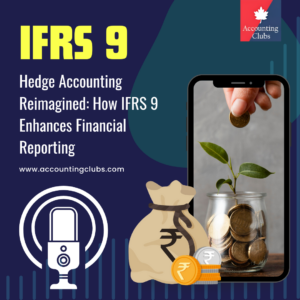Chapter 12: Presentation
Statement of comprehensive income or income statement, if presented separately
An investor should separately disclose its share of the profit or loss of associates and joint ventures. However, the standards do not specify where in the statement of comprehensive income or the income statement the entity’s share should be included, or whether this share is before or after tax and non-controlling interests in associates.
IAS 1 specifies the minimum line items on the face of the statement of comprehensive income or the income statement. The investor’s share of the profit or loss of equity-accounted investments comes after the line item for finance costs, but before the line item for tax expense. There are also illustrative examples in the standard of the statement of comprehensive income and income statements. A footnote explains that the investor’s share of profit is after tax and non-controlling interests in equity-accounted investments.
Any bargain purchase gain (excess of the share of the net fair value of assets and liabilities over the cost of acquisition) from the acquisition of an associate or a joint venture is included in share of the after-tax result of associates and joint ventures in the period in which the investment is acquired.
An associate or joint venture held for sale might meet the criteria to be a discontinued operation. The investor’s share of such associate or joint venture operations is disclosed in accordance with the guidance in IFRS 5 for discontinued operations.
Common presentation issues in the statement of comprehensive income or income statement 1. Can the entity’s share of the associate’s or the joint venture’s results be included before or adjacent to operating profit?
Yes. This might apply where the associate or the joint venture is an integral vehicle through which the group conducts its operations and its strategy. Using this presentation, the associate’s results are still shown post-tax.
2. How should impairment charges relating to the investment in the associate or joint venture be disclosed?
The presentation of impairment charges should follow the presentation of the entity’s share of the associate’s or the joint venture’s results. The impairment charge should be presented as a separate line item adjacent to the share of the associate’s or the joint venture’s results, and not included as part of the share of the associate’s or the joint venture’s results.
3. How should gains and losses on disposals of associates and joint ventures be presented?
Presentation is dependent of the facts and circumstances. These will normally be presented as part of the entity’s operating activities. In certain circumstances, it might be appropriate to recognise gains and losses from disposals of associates and joint ventures outside the entity’s operating profit, if it is clear that the disposal is a one-off transaction (that is, it is not expected that the entity will have similar transactions in the future and there is no history of having similar transactions in the past). The entity’s consolidated or economic interest financial statements should also include sufficient disclosures to aid the users of the financial statements.
4. Should the associate’s or joint venture’s discontinued operations be included within the IFRS 5 discontinued operations line?
No, there is no requirement to ‘strip out’ the entity’s share of its associate’s or its joint venture’s discontinued operations and include it within the IFRS 5 discontinued operations line.
Balance sheet
The carrying amount of the investor’s interests in associates and joint ventures is presented separately in the balance sheet as a non-current asset.
Common presentation issues in the balance sheet 1. Can the investment in the associate or joint venture be revalued?
It is not permitted, once the balance sheet interest has been ascertained using the equity method of accounting, to then revalue the investment in the associate or the joint venture to its market value, even where the entity is listed. However, the fair value of investments in associates and joint ventures for which there are quoted market prices is required to be disclosed.
2. Should other interests, such as loans to associates and joint ventures, be included within this line item?
This issue is dealt with in Long-term loans to associates.
Other comprehensive income
The investor should also recognise its share of its associate’s or joint venture’s other comprehensive income or loss. The requirement would apply, for example, to the entity’s share of any revaluation surpluses or exchange differences of its associates and joint ventures reported in their other comprehensive income.
The entity’s share of its associate’s or joint venture’s other comprehensive income or loss is shown separately for amounts that will not be reclassified subsequently to profit or loss and for amounts that will be reclassified subsequently to profit or loss when specific conditions are met. IAS 1 provides an illustrative example of the statement of comprehensive income.
Statement of cash flows
There are no specific requirements for presentation of the results of associates or joint ventures in the statement of cash flows. General guidance on cash flows is found in IAS 7.

